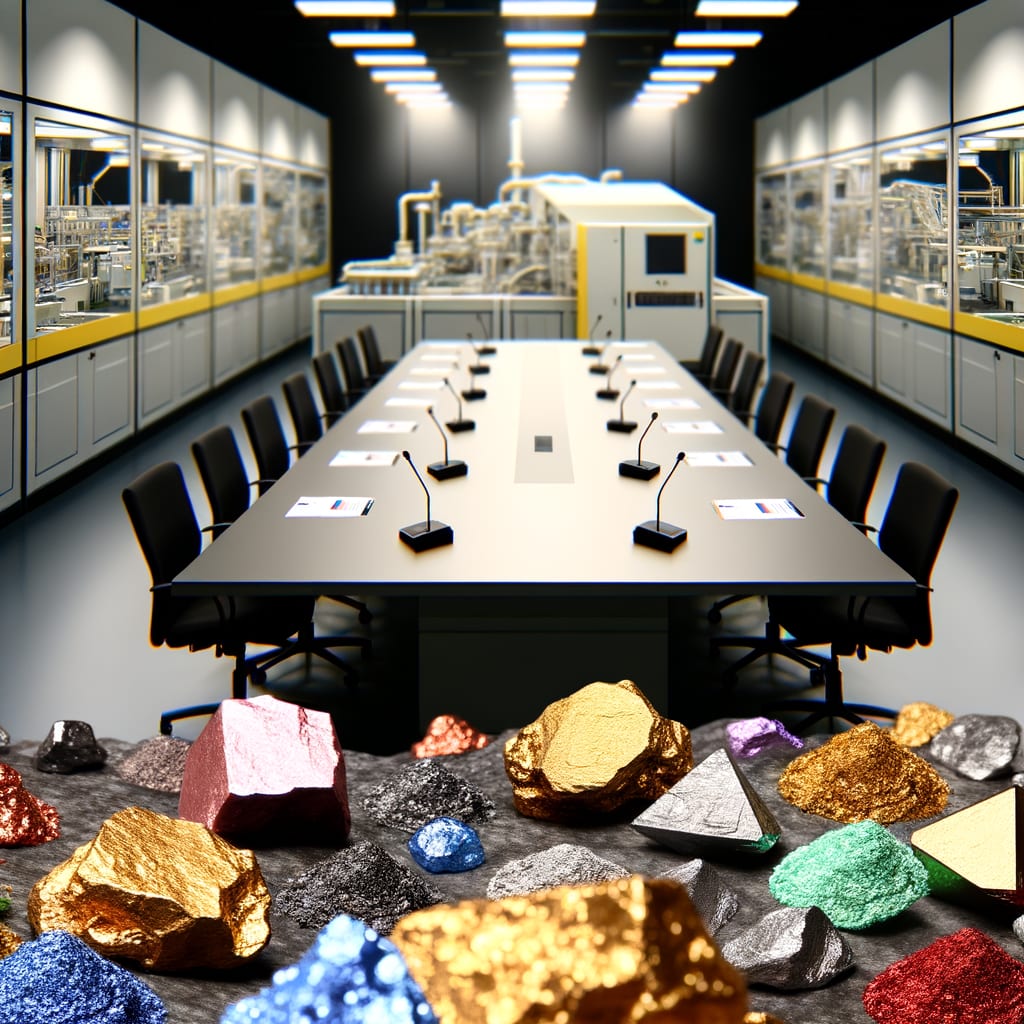US-China Trade Tensions Ease as Rare Earth Restrictions Pause
In a notable shift in the ongoing trade disputes between the world's two largest economies, China has agreed to suspend its additional export controls on rare earth metals and terminate investigations into US semiconductor companies.
Background and Context
Once at the forefront of the rare earth supply chain, the United States found itself at a disadvantage when China rose as the dominant force in the sector. This disparity posed a significant risk, given the crucial role these elements play in high-tech industries and defense. The recent suspension of China's rare earth export restrictions, however, offers some respite to the West.
President Donald Trump and Chinese leader Xi Jinping reached a trade pact at the Asia-Pacific Economic Cooperation (APEC) summit in South Korea, aimed at easing tensions. The US reciprocated by pledging to reduce tariffs on Chinese imports and suspend investigations into Beijing's maritime and logistics sectors.
Key Developments
The trade talks, described as amazing
by President Trump, led to the agreement on the supply of rare earths and a tariff cut. The US president noted there were no roadblocks at all on rare earth,
marking a significant shift in a longstanding point of trade contention between the two nations.
In addition to this, the Chinese government agreed to analyze the granting of 'special authorization' to Brazilian companies facing difficulties importing chips. This development shows the diplomatic efforts of the Brazilian government to prevent a chip shortage in the domestic market.
China also revealed plans to exempt Dutch semiconductor manufacturer Nexperia from its semiconductor export ban. Nexperia, a key supplier for Europe's automotive industry, produces components in Europe before shipping them to China for finishing.
Implications and Reactions
The European Union welcomed China's suspension of expanded rare earth restrictions, describing it as an appropriate and responsible step in the context of ensuring a stable global supply chain.
The suspension, valid for 12 months, will also apply to Europe, according to the European Commission's Commissioner Sefcovic.
The agreement has been hailed as a move towards an everlasting peace
between the US and China. However, some experts caution that this could be the first step
towards ending the trade war, and the real test
will come when both sides have to execute the deal.
The pause in restrictions also comes as a relief for the German defense industry, which relies heavily on these metals for weapons production.
Current Status
While this agreement marks a significant milestone in the US-China trade war, it also underscores China's resolve to become more independent from the US in the semiconductor sector. Even as the US-China deal overshadows Brussels talks, the EU and China have agreed to continue negotiations on export control policy.
As the world's two largest economies inch towards resolving their trade disputes, the outcome of these negotiations will have far-reaching implications for the global technology and defense industries.

